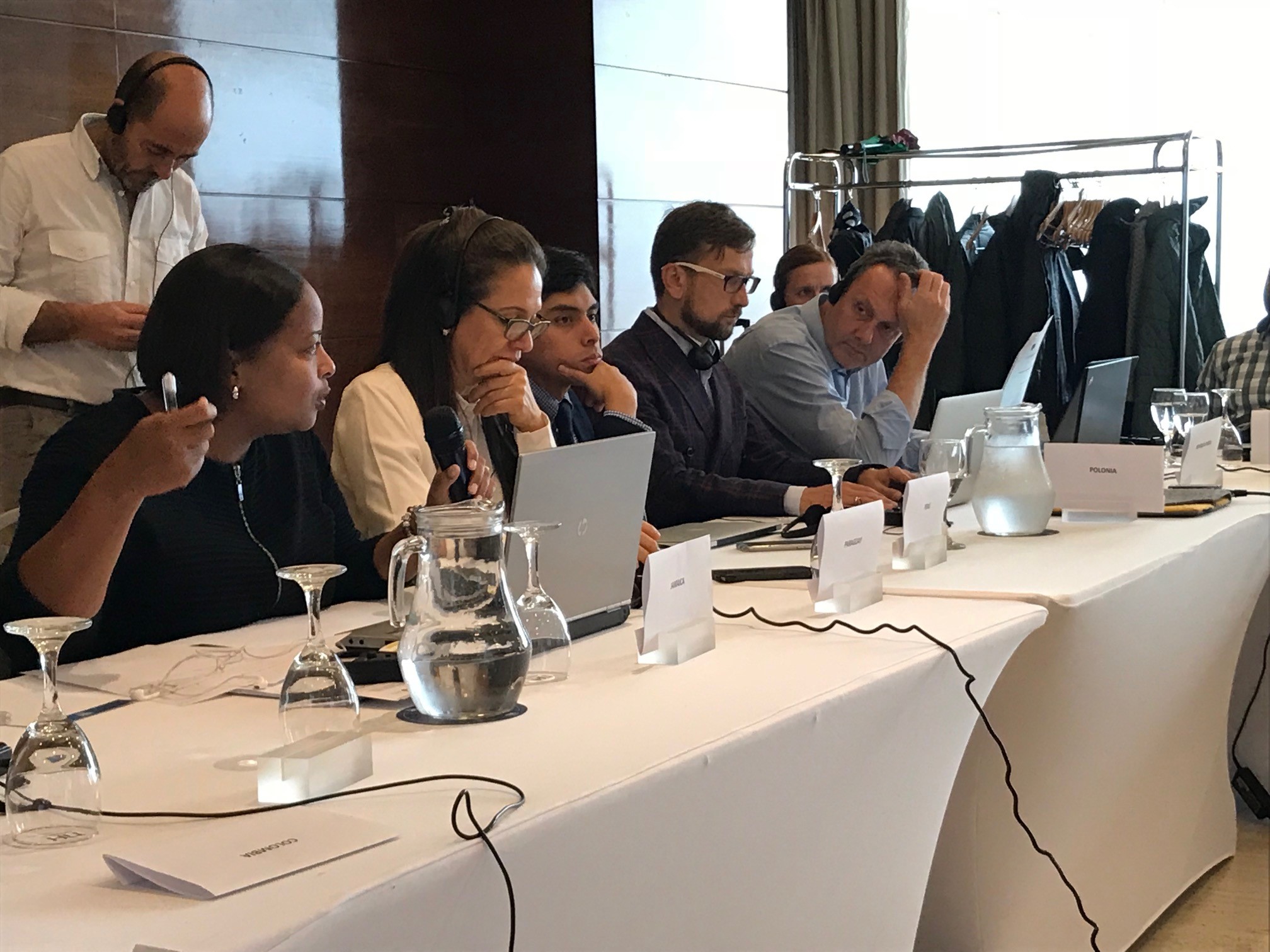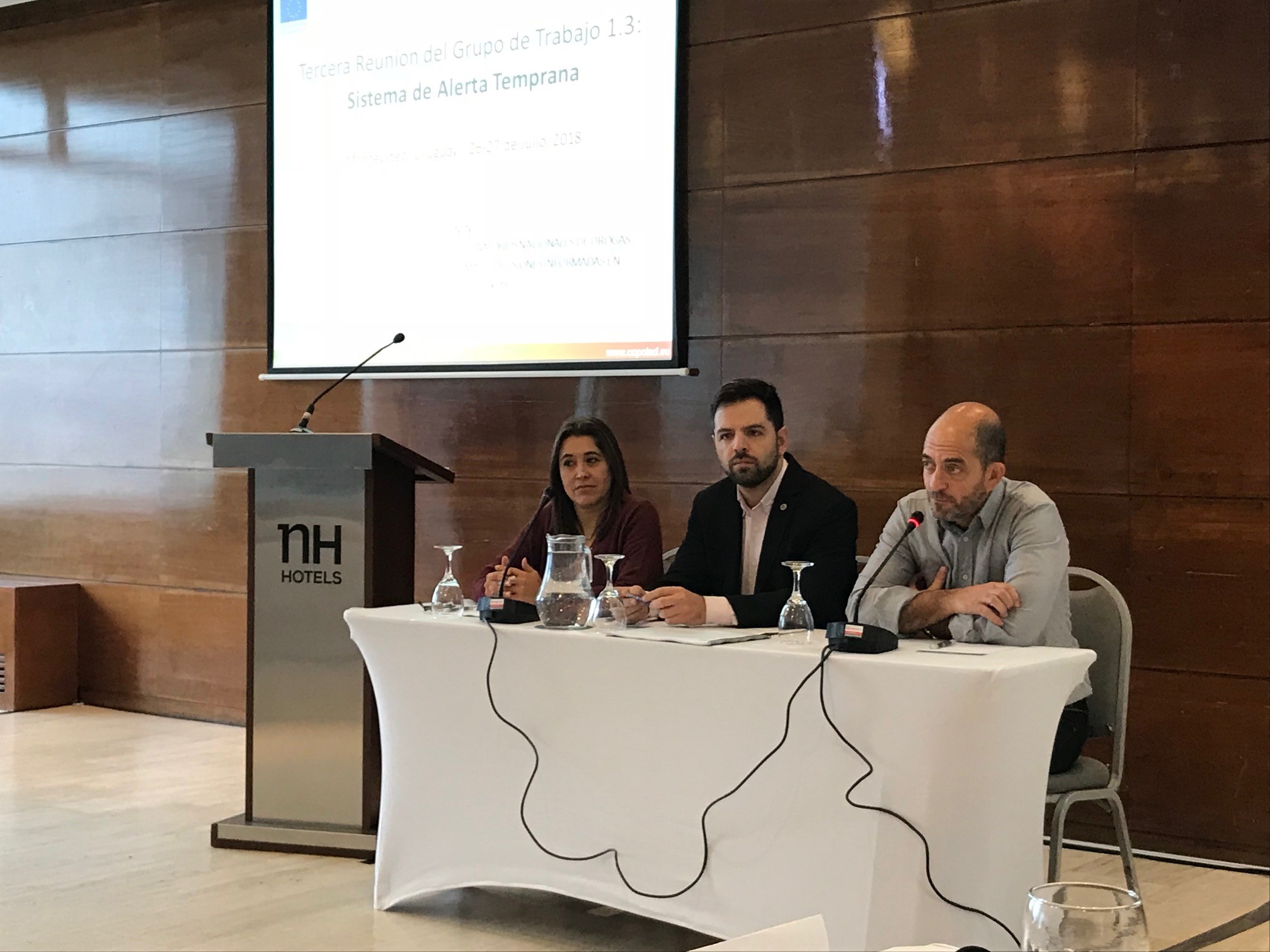MONTEVIDEO, Uruguay – August 2018: The seizure of a multi-kilogram shipment of “ecstasy” (MDMA) in powder form earlier this year was unusual for Uruguay but did not yet ring the alarm bells for the staff of the Uruguayan Early Warning System in Montevideo. “However, when reports of young people suffering from an “ecstasy” overdose kept coming in from hospitals, we got really worried” said Héctor Suarez, who coordinates the system. It seemed that young people, who in Uruguay are more familiar with “ecstasy” sold as pills, were at risk of overdosing the crystalline and potentially higher potency MDMA which was coming into the country in comparatively large quantities in 2018. “It was at this point when we decided to go public to make sure this information reaches all relevant people and institutions and helps to minimize the risk of further overdoses”, Mr. Suarez informed the participants from other countries in Latin America and the Caribbean at a recent COPOLAD workshop in Montevideo (26-27 July 2018). In addition to drug experts from Antigua y Barbuda, Argentina, the Bahamas, Colombia Ecuador, Jamaica Paraguay, Peru, Trinidad and Tobago and Uruguay, participants from the Czechia, Poland, OAS/CICAD, EMCDDA and UNODC shared their experiences in early warning. “UNODC supports laboratories in Latin America and the Caribbean to ensure health-relevant information is available for early warning on drugs” said Martin Raithelhuber, who manages the UNODC Early Warning Advisory on New Psychoactive Substances. “This directly contributes to reducing health risks”, Mr. Raithelhuber added.
In November 2018, UNODC will conduct a forensic capacity building workshop for 13 countries in Latin America and the Caribbean which will receive modern handheld electronic field testing devices to enhance their capacity to detect new psychoactive substances which are a potential threat for public health. The data generated with the help of these devices is not only useful for law enforcement, border control or laboratories but also for national early warning systems which will receive faster and more detailed information about changes in the drug market.
A particular characteristic of the regional drug situation is – in addition to cannabis and cocaine use - the comparatively high prevalence of hallucinogenic drugs. The situation is complicated by the fact that drugs sold as “ecstasy“, “2C-B“ or “LSD“ do not always contain the expected psychoactive substances and a range of NPS have been identified in products sold under these drug names which have led to hospitalizations including fatal cases.


Source: UNODC
For more information, please see:
Workshop
Alert